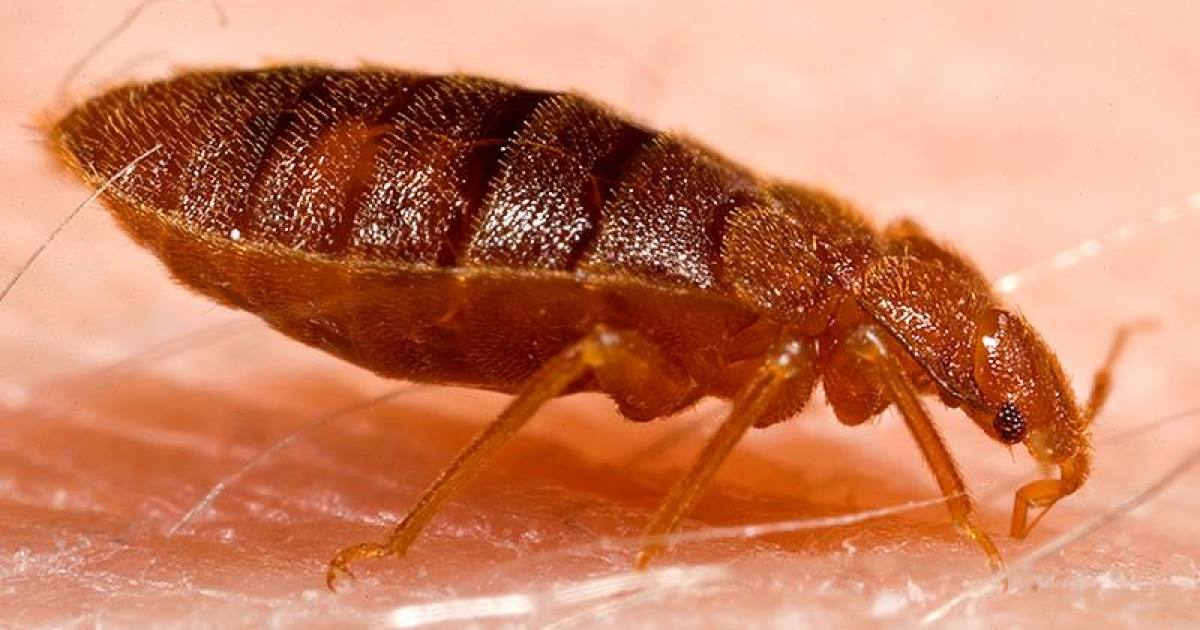
The health authorities of Santiago de Cuba recognized that they maintain aclose surveillance over onebed bug infestation in the territory, but this is worsened by the shortage of insecticides.
According to the specialist from the Provincial Center of Hygiene, Epidemiology and MicrobiologyMirtha Pérez MenziesAfter 2016, reports have become frequent about the presence of bed bugs in homes, schools and other entities in the province, which has forced experts to study the most effective ways to exterminate them.
Health areas such as Municipal, Ramón López Peña, Camilo Torres, 28 de Septiembre and Julián Grimau of the main municipality are the mostaffected by the current plague, which has been aggravated by theshortage of insecticides to fumigate infested homes, quoted the official newspaperSierra Maestra.
According to the specialist, many citizens who reported bed bugs claimed to have brought packages from abroad, while others had bought clothing, shoes, backpacks and bedding.
"However, we visitedhomes that are rented to international travelers here in Santiago de Cuba and in none of them did we find bedbugs, and yes, adequate hygiene," he pointed out.
Pérez Menzies stressed that with the increase in trips abroad and the importation of packages of clothing, shoes, etc., reports in the territory began to increase. "In airports and in residences for travelers where many usually spend the night during their brief stay abroad, there are bedbugs, and many times people are unaware of it," he said.
Other cases occur in the purchase of handmade mattresses, whose filling "with rags or fabrics from garbage dumps" is contaminated.
Spaces where dirt abounds are easier for infestation, he argued.
RECOMMENDATIONS
The expert explained that, once an outbreak is detected, the affected person must collect clothes, footwear, sheets, towels, curtains and other objects where they can hide, put them in a nylon bag and close it tightly. He also advised eliminating cardboard boxes and other objects in which they may be hidden.
Afterwards, the bed and other furniture should be washed with hot soapy water and dried in the sun.
He assured that high temperatures kill bedbugs, "so apply heat to the mattress, bed and the rest of the furniture, as well as to electrical outlets and under the cover of light switches, with a hand dryer or using a vaporizer can also help.
Finally, he recommended washing the things that were stored in the nylon with hot soapy water and then ironing the fabrics well.
"This should be done weekly until it is verified that the infestation has been eradicated," he warned.
Bed bugs, whose scientific name isCimex lectularius, they live close to humans, in mattresses and upholstered furniture. They feed on the warm blood of humans and other animals. They normally feed at night, while people are sleeping.
Almost four years ago, another plague of this arthropod had alarmed the citizens of Santiago.
As indicated on that occasion by the newspaperSierra Maestra -in a note now removed from its website-, thespread of bed bugs in Santiago de Cuba Among its most probable causes was poor personal hygiene, to which was added the lack of fuel to carry out massive fumigations.
What do you think?
SEE COMMENTS (2)Filed in: